97: Global warming - analysis, insights and property
11-25-2006
There is a lot of news – much of it probably hype – over the threat of global warming. It was only 35 years ago everyone was talking of the start of the net ice age. Now we get the opposite. Over the next ten years – as carbon dioxide levels increase – governments are likely to get far more proactive on reducing CO2 emissions. This will likely lead to a variety of green taxes. Airlines are likely to be targeted and these could lead to dramatically increasing plane flight costs. This might effect the popularity of far off holiday homes and the sort of weekend jaunts to
European mainland city destination and southern European beach resorts. Cars will be taxed far more heavily – so holiday homes far from cities could also be affected. Property in cities will likely be lead affected – public transport improvements which reduce CO2 emissions could stimulate the demand for property in Cities like 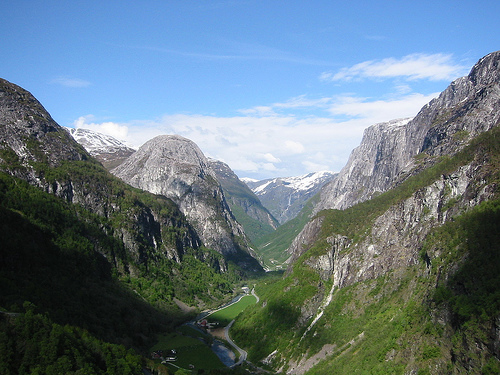 do start rising, any property in coastal areas exposed to floods could also be hit – examples being Suffolk, Norfolk and low lying areas in the west plus gulf coast properties. That said, peoples desire to be close to the sea has never been greater and sea-side price have risen dramatically faster in the
do start rising, any property in coastal areas exposed to floods could also be hit – examples being Suffolk, Norfolk and low lying areas in the west plus gulf coast properties. That said, peoples desire to be close to the sea has never been greater and sea-side price have risen dramatically faster in the
On the practical side, the PropertyInvesting.net “think tank” met to discuss options to reduce global warming. It might be a surprise what we came up with – combining our science and economic know-how. These findings are based on objective analysis and years of experience in science, business and economics.
Why the concern? It’s worth noting that the sea is a huge sink for CO2 and its capacity to absorb CO2 is high. Plant life also absorbs CO2 – indeed plants normally grow faster when more CO2 is available. CO2 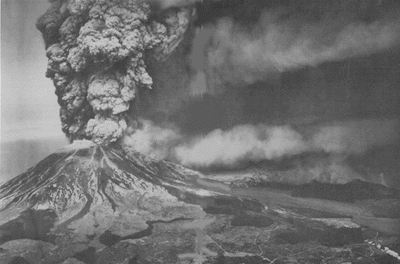 levels, sea levels and global temperatures have varied hugely in geological time – sometimes sealevels have risen by 100s of feet (e.g. the Cretaceous times) – what is disturbing is the apparent rapid increase in temperatures in the last 25 years which may melt arctic ice caps and lead to a rapid rise in sea level and thence flooding of low-lying populated areas, if trends continue.
levels, sea levels and global temperatures have varied hugely in geological time – sometimes sealevels have risen by 100s of feet (e.g. the Cretaceous times) – what is disturbing is the apparent rapid increase in temperatures in the last 25 years which may melt arctic ice caps and lead to a rapid rise in sea level and thence flooding of low-lying populated areas, if trends continue.
The history - what Happened 1875 to 1981: A huge increase in particulate pollution and soot from the burning of brown and non-clean coal plus fossil fuels lead to a massive increase in smog caused “dimming” which cooled the environment and lead to scare stories about the start of the end of the ice age in the mid 1970s. Meanwhile, airline travel and ice trails compounded the effect of the “global dimming” and further cooled the environment, whilst CO2 levels increase and somewhat reduced the impact of the cooling. Deforestation of colder sub-arctic area increased cooling as light was reflected from ice. Meanwhile, deforestation of sub-tropical areas led to an increase in temperatures – because the reduction in these rainforest which act as cool damp “banks” lead to increasing temperatures. Overall, the combined effect was cooling – with the dimming being the overriding driver.
What Happened 1981 to 2006: The collapse of the Soviet Empire culminating in the Berlin Wall falling and the end of the Cold War – this lead to a massive reduction in dirty brown coal usage in 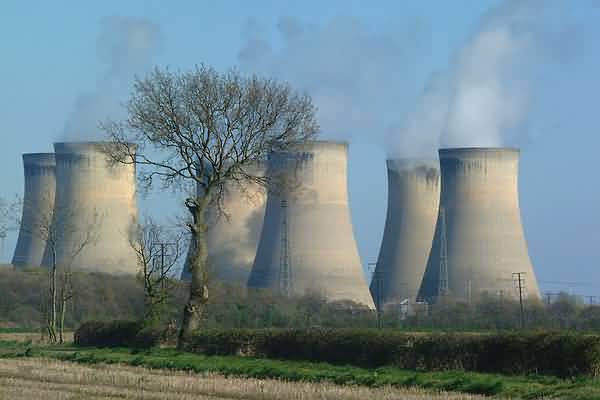 increases in carbon dioxide which compounded with the cleaner air to cause a sudden increase in global temperatures from 1981 onwards. The increased use of airlines helped reduce this effect by putting more ice trails into the sky, but this was not enough to stop warming. As smog levels and particulate pollution reduced, this exacerbated the problem and lead to a rapidly rising temperatures on most parts of the world. This was particularly noticeable in Siberia, eastern Europe (less particulate pollution) and South America and
increases in carbon dioxide which compounded with the cleaner air to cause a sudden increase in global temperatures from 1981 onwards. The increased use of airlines helped reduce this effect by putting more ice trails into the sky, but this was not enough to stop warming. As smog levels and particulate pollution reduced, this exacerbated the problem and lead to a rapidly rising temperatures on most parts of the world. This was particularly noticeable in Siberia, eastern Europe (less particulate pollution) and South America and
2001 Event: In the two days after 9/11 2001 when all US airplanes were grounded, the average temperature in the
What causes global warming: Deforestation in sub-tropical areas, forestation of cool ice prone areas, reduction in particulate pollution, increase in carbon dioxide levels, lack of volcanic activity (soot/ash), deduction in airline usage.
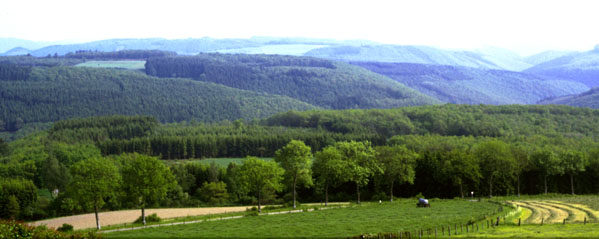
What prevents global warming: Increase particulate pollution through burning of non-clean coal, airline usage (ice trails), forestation in sub-tropical areas, deforestation of ice prone areas, decrease in carbon dioxide levels, increase in volcanic activity (soot/ash).
Clean levers to globally cool:
- Cloud, water vapour, mist
- Planting more forest in sub-tropical and temperate areas
- Stop planting trees in sub-artic and tundra regions
Non clean levers to globally cool:
- Volcanic eruptions (natural)
- Ice trails caused by airplanes
- Coal fired power stations
- Car/vehicle particulate pollution
- Fires and burning peat / bogs
- Industrial particulate emissions
- Dry peat fires from de-forestation in sub-tropical regions
If a major volcanic eruption took place, or uncontrolled regional forest fires, the amount of particulate haze increases as does carbon dioxide levels.
What energy forms would help keep global warming in check? Although controversial, it seems coal fired power stations would help this most, followed by oil burning, and gas burning. The energy sources that would help least would be solar, wind and nuclear because they do not produce particulate pollution – this conclusion is based on the lack particulate pollution being far more important than CO2 levels in 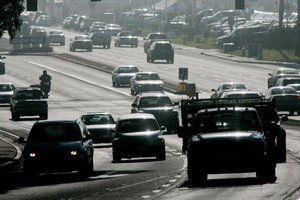 driving up global temperatures. That said, many people die of deceases related to particulate pollution and noxious pollution, particularly in industrial areas and cities – so is obvious particulate pollution is not a good thing.
driving up global temperatures. That said, many people die of deceases related to particulate pollution and noxious pollution, particularly in industrial areas and cities – so is obvious particulate pollution is not a good thing.
In summary, carbon dioxide does not have much to do with global warming. It’s more to do with lack of particulate pollution. Volcanic activity will decrease warming even though massive amounts of CO2 are added to the atmosphere – because haze levels increase causing dimming of the sun in the atmosphere.
Property in the next 50 years: if global warming continues at its current rate, there is a reasonable chance the ice cap in
In
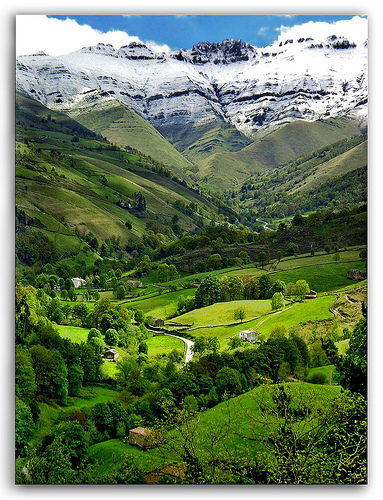
Garages - as parking is squeezed, and parking permit costs rise, garages will rise in value - particularly those is central city area
Insulation and energy efficiency - homes with good insulation and energy audit will escape environmental taxes and be easier to sell at a slightly higher price
Seaside proximity - warm seaside and coastal villages, towns and cities with beaches (holiday destinations) close to large cities will become more popular - these will escape high taxation from air and car travel. Those towns that get slightly warmer over time may also benefit - example - Brighton, Folkestone, Eastbourne, Chichester, Bournmouth, Portsmouth in the UK
Areas to avoid:
Flooding: Homes in low lying areas of cities and towns that are liable to flooding or even disappearance - in the UK examples include Hull, Lowestoft, Great Yarmouth, Southwold, Boston.
Taxes: Remote holiday destinations exposed to high airline environmental taxes - e.g. Shri Lanka, Guam, Seychelles.
If you have any comments on this leading scientific view – please contact our “think tank” of scientists and economists at www.PropertyInvesting.net

